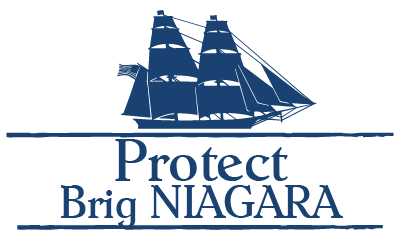According to official USCG guidelines outlined in the Code of Federal Regulations (CFR)The US Code of Federal Regulations (CFR) is a compilation of rules and regulations issued by federal agencies, with several sections dedicated to maritime matters. These regulation... and the guidance in CVC-WI-018(1), for commercial vessels, being “laid up” is a legal status that involves surrendering the Certificate of Inspection (COI)The Certificate of Inspection(COI) is a legal document issued by the United States Coast Guard (USCG) confirming that a vessel meets specified safety and operational standards. It ... and postponing key inspections to remove the vessel from service. This status requires the vessel to undergo a recertification process to regain its COI and return to active service. Depending on the judgement of the OCMIThe United States Coast Guard Officer in Charge, Marine Inspection (USCG OCMI) is a senior Coast Guard officer responsible for overseeing maritime safety and ensuring compliance wi..., the vessel may be required to reinspect as a “new” vessel waiving all exemptions or considerations from its original COI.
This is different from an “inactive” status which allows the vessel to retain its COI but reduces crew requirements and certain activities. While inactive vessels must still maintain its COI and undergo regular inspections, they can defer certain obligations like man overboard drills. The distinction is crucial as the process to reactivate a vessel from “laid up” status is more complex and time-consuming compared to returning an “inactive” vessel to active service. For more details on the difference and its significance, see this article.
